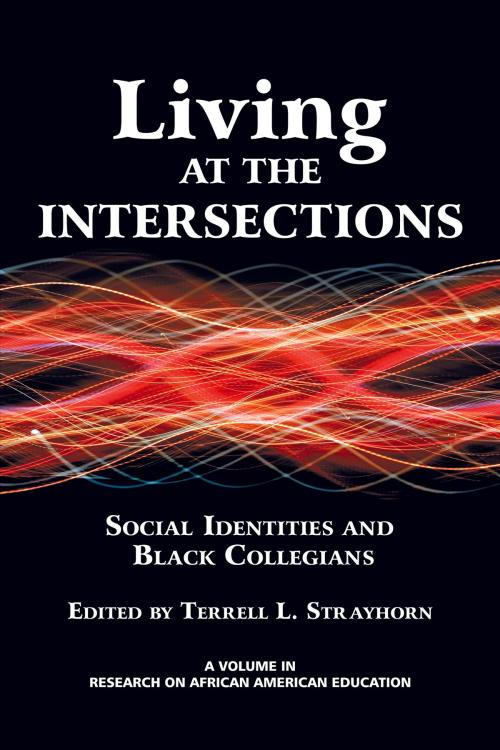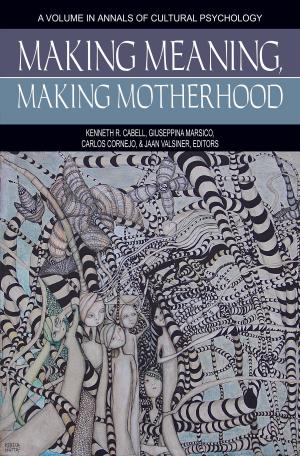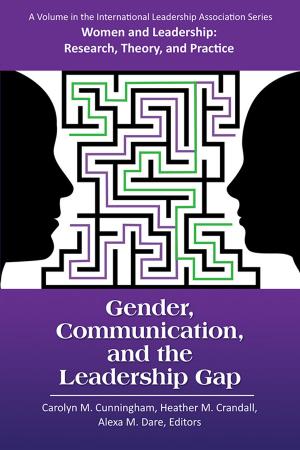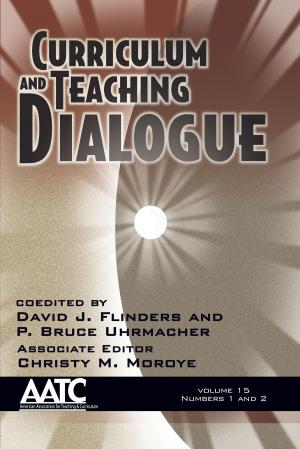Living at the Intersections
Social Identities and Black Collegians
Nonfiction, Reference & Language, Education & Teaching, Higher Education, Administration| Author: | ISBN: | 9781623961497 | |
| Publisher: | Information Age Publishing | Publication: | May 1, 2013 |
| Imprint: | Information Age Publishing | Language: | English |
| Author: | |
| ISBN: | 9781623961497 |
| Publisher: | Information Age Publishing |
| Publication: | May 1, 2013 |
| Imprint: | Information Age Publishing |
| Language: | English |
Living at the Intersections: Social Identities and Black Collegians brings together 21 diverse authors from 14 different institutions, including our nation’s most prestigious public and private universities, to advance the use of intersectionality and intersectional approaches in studying Black students in higher education. Chapters cover a diversity of topics, ranging from spirituality to sexuality and masculinity, from Black students at HBCUs to those in STEM majors, and a host of issues related to race, class, gender, and other identities. Authors draw upon a wealth of data including national surveys, interviews, focus groups, narratives, and even historical research. A smooth blend of anthropology, historiography, psychology, sociology, and intersectional approaches from multiple disciplines, this book breaks new ground on the “who, what, when, where, and how” of intersectionality applied to social problems affecting Black collegians. The authors go beyond merely stating the importance of intersectionality in research, but they also provide countless examples, recommended strategies, and tools for doing so. This book is an important resource for higher education and student affairs professionals, scholars, and graduate students interested in intersectionality and Black collegians.
Living at the Intersections: Social Identities and Black Collegians brings together 21 diverse authors from 14 different institutions, including our nation’s most prestigious public and private universities, to advance the use of intersectionality and intersectional approaches in studying Black students in higher education. Chapters cover a diversity of topics, ranging from spirituality to sexuality and masculinity, from Black students at HBCUs to those in STEM majors, and a host of issues related to race, class, gender, and other identities. Authors draw upon a wealth of data including national surveys, interviews, focus groups, narratives, and even historical research. A smooth blend of anthropology, historiography, psychology, sociology, and intersectional approaches from multiple disciplines, this book breaks new ground on the “who, what, when, where, and how” of intersectionality applied to social problems affecting Black collegians. The authors go beyond merely stating the importance of intersectionality in research, but they also provide countless examples, recommended strategies, and tools for doing so. This book is an important resource for higher education and student affairs professionals, scholars, and graduate students interested in intersectionality and Black collegians.















